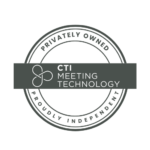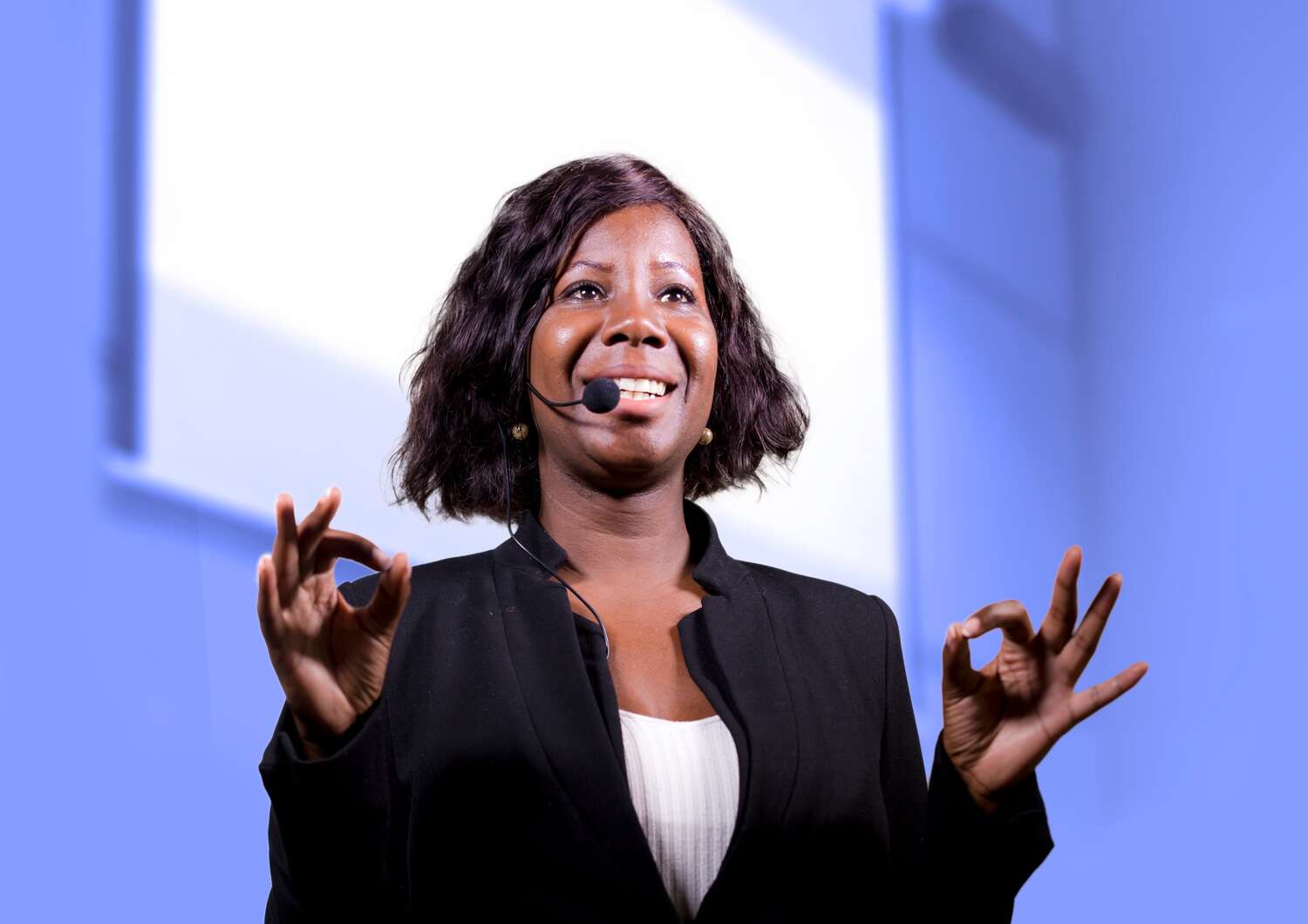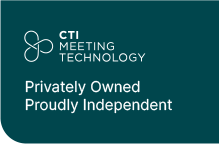Have you ever felt invisible in a crowd full of people? That dreaded feeling of exclusion is familiar to most of us but sadly, it is the reality for many communities worldwide. Language barriers, prejudices, or disabilities are just a few reasons why people might feel displaced in a social environment.
Events are a great opportunity to connect and network with like-minded peers, but they can also be challenging to navigate for some people. Lack of representation – particularly for minority ethnic groups – persists in the event industry, with 40% of events lacking black panel speakers in 2020, according to EventMB research.
The importance of fostering an inclusive environment for all attendees
Hosting inclusive events that support all your attendees is no longer an option; it’s a necessity. Your attendees expect you to care, and this is the perfect opportunity to show them that you do! By delivering a pleasant experience, it’s more likely that they will return in the future.
Beyond attendee satisfaction, inclusivity breaks down physical and cultural barriers, which means providing better-quality sessions with enriching perspectives, enhancing the overall event experience.
Want to know how to make sure you’re hosting a diverse and inclusive meeting? Keep reading:
1. Start Internally
Change must always start from the inside. To achieve an inclusive event, you need to be aware of the challenges that minorities face. Think about your internal team. Is it ethnically diverse? Do you have people of different cultures on your team? Do the members of the organization have a wide range of age groups and professional experience?
The more diverse your team is, the more diverse their ideas and perspectives will be. Team members can bring up important points, such as religious conflicts or dietary restrictions of a certain group of people that you should take into account when planning.
As an event organizer, you need to make sure that you are allowing everyone to participate and voice their opinions freely. Inclusion shouldn’t be a mere buzzword but a value that you implement within your team.
2. Implement Inclusive Policies
Diversity and inclusion should already be in your company’s values. If not, run to HR and ensure you enforce policies that foster workplace diversity and address discrimination.
Develop guidelines and policies that prioritize diversity and inclusion, and make sure to communicate them clearly to the rest of the organization. For example, by asking candidates to submit a blind resume – a CV that doesn’t contain any personal details – you can be sure that only their professional and educational experiences are decisive when hiring.
Set expectations for behavior and language in the workplace, and establish clear protocols to address any situation of discrimination or bias. You must show zero tolerance for discriminatory situations within your organization and during the event.
3. Establish a Diverse Speakers Lineup
The majority of speakers in scientific meetings are male. That’s a fact. According to Bizzabo research, only 33% of event speakers are women. Think about the many ideas and perspectives lost by not inviting women as speakers. Not only that, speakers from different cultures and ethnicities are usually underrepresented.
If your event ideas will benefit from having a diverse team, imagine the enriching experience of having a diverse lineup of speakers during the event! Speakers from diverse ethnic, gender, and cultural backgrounds will offer different perspectives and research results, completing the event experience.
Don’t get discouraged by language barriers either! Usually, presenters will speak a common language (often English) to communicate with the international audience. The truth is that a lack of proficiency in English can prevent speakers from participating in the conference. Thanks to event technology, we can now have a live translation or offer closed captions in different languages in the recorded videos afterward. The same goes for attendees! Some attendees might have trouble understanding spoken English because it’s not their first language, or they might have hearing problems. Take all these situations into account when planning your event and try to come up with solutions so you can reach a wider audience and benefit from having the best speakers.
Remember that the more perspectives and experiences you can offer, the more represented and comfortable your audience will feel.
4. Support Emerging Voices
As with your team members, featuring emerging or young speakers is a great chance for them to present their work and incorporate new and fresh ideas for your event content. It’s also an extraordinary opportunity for them to connect and create synergies with more experienced experts in their field.
However, emerging speakers may have more trouble navigating public speaking and the whole conference experience. But don’t let that stop you from including them in your event! Offer mentorship programs to guide them and share presentation tips before the actual conference.
Include any relevant resources that will help speakers enhance their presentations and improve public speaking. Share best practices or templates that can be used to support them during the talk. Their success contributes to the overall success of your event!
5. Make Event Spaces Accessible
Think about the potential physical constraints that speakers and attendees might have. Wheelchair users or individuals suffering from anxiety might have a hard time navigating an onsite event packed with people.
Networking is great, but make sure to include spaces for your participants to wind down and relax after sessions. Ensure accessibility to every room and restroom as well, for anyone who might have a physical disability. Having elevators and reserved space on the ground floor for attendees with reduced mobility are just small things you can try to incorporate during your event.
Take gender into consideration as well and let attendees set their preferred pronouns. If the venue allows it, consider offering gender-neutral restrooms. Small things like this can go a long way and make your event’s attendees feel much more comfortable.
6. Offer Event Content Virtually
Even with all these adjustments, some people will still not be able to attend your onsite meeting. It’s not always possible to hop on a plane and spend a few days attending a conference – could be for economic reasons, scheduling issues, or family constraints.
Luckily, there is an easy solution. Consider offering your event content virtually for remote attendees and presenters.
Take advantage of event technology to stream event sessions at the same time they are happening, and try to include closed captions and access to the presentations for your participants as well. Also, consider offering the event content on-demand for those attendees who live in a different time zone and cannot watch in real-time.
Choose a provider that can stream your event content seamlessly and offer it on-demand after the conference.
Wrapping Up…
Inclusivity is not just a checkbox; it should be one of the main foci of your upcoming events. It will not only guarantee a more enjoyable experience for attendees but also establish your organization as a thought leader who pays attention and cares about minorities.
The events industry moves fast, with diversity and inclusion still being a challenge for many organizers. Fast-track your plans for diversity and inclusion to stay ahead and differentiate from competitors.
Stay ahead by embracing event technology. Tools like closed captions, live streaming, or interactivity tools can transform the meeting experience, no matter the format. Explore our solutions here!






